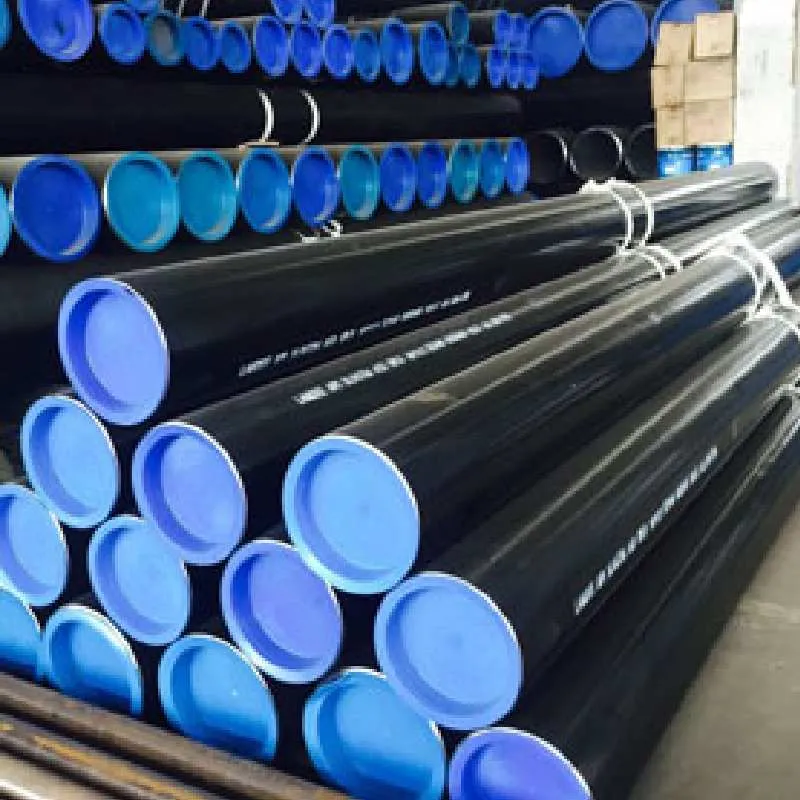-
Cangzhou Yulong Steel Co., Ltd.
-
Phone:
+86 13303177267 -
Email:
admin@ylsteelfittings.com
- English
- Arabic
- Italian
- Spanish
- Portuguese
- German
- kazakh
- Persian
- Greek
- French
- Russian
- Polish
- Thai
- Indonesian
- Vietnamese
- Zulu
- Korean
- Uzbek
- Hindi
- Serbian
- Malay
- Ukrainian
- Gujarati
- Haitian Creole
- hausa
- hawaiian
- Hebrew
- Miao
- Hungarian
- Icelandic
- igbo
- irish
- Japanese
- Javanese
- Kannada
- Khmer
- Rwandese
- Afrikaans
- Albanian
- Amharic
- Armenian
- Azerbaijani
- Basque
- Belarusian
- Bengali
- Bosnian
- Bulgarian
- Catalan
- Cebuano
- China
- China (Taiwan)
- Corsican
- Croatian
- Czech
- Danish
- Esperanto
- Estonian
- Finnish
- Frisian
- Galician
- Georgian
- Kurdish
- Kyrgyz
- Lao
- Latin
- Latvian
- Lithuanian
- Luxembourgish
- Macedonian
- Malgashi
- Malayalam
- Maltese
- Maori
- Marathi
- Mongolian
- Myanmar
- Nepali
- Norwegian
- Norwegian
- Occitan
- Pashto
- Dutch
- Punjabi
- Romanian
- Samoan
- Scottish Gaelic
- Sesotho
- Shona
- Sindhi
- Sinhala
- Slovak
- Slovenian
- Somali
- Sundanese
- Swahili
- Swedish
- Tagalog
- Tajik
- Tamil
- Tatar
- Telugu
- Turkish
- Turkmen
- Urdu
- Uighur
- Welsh
- Bantu
- Yiddish
- Yoruba

Nov . 10, 2024 04:50 Back to list
API 5L Schedule 40 Pipe Specifications and Applications Guide
Understanding API 5L Schedule 40 Pipe Specifications, Applications, and Benefits
The API 5L standard is pivotal in the oil and gas industry, especially for those engaged in the transportation of oil and natural gas through pipelines. Among the various specifications under this standard, the Schedule 40 pipe stands out due to its widespread usage, versatility, and durability. This article delves into the characteristics, applications, and advantages of API 5L Schedule 40 pipes, providing insights essential for industry professionals and stakeholders.
What is API 5L?
API 5L is a specification developed by the American Petroleum Institute (API) that outlines the requirements for manufacturing steel pipes used in the transportation of oil and natural gas. The standard specifies the grades of steel, the manufacturing process, and the testing methods needed to ensure that these pipes can withstand the rigorous conditions associated with oil and gas transmission.
Characteristics of Schedule 40 Pipe
The term Schedule in piping refers to the wall thickness of the pipe, which influences its strength and pressure-bearing capacity. Schedule 40 pipes have a specific wall thickness that corresponds to pipe diameter. This attribute makes them suitable for a variety of applications involving both low and moderate pressure.
For example, a 2-inch Schedule 40 pipe typically has a wall thickness of 0.154 inches, while the thickness for larger diameters increases progressively. The exact dimensions and tolerances are crucial for ensuring compatibility with fittings and other system components.
The materials used for API 5L Schedule 40 pipes vary, with commonly used specifications including Grade X42, X46, X52, and X56. These grades indicate different yield strengths, allowing users to select the appropriate pipe based on the required strength and environmental conditions.
Applications
API 5L Schedule 40 pipes find extensive application in various sectors, particularly in the oil and gas industry. Some key applications include
1. Transportation of Oil and Gas The primary application of API 5L Schedule 40 pipes is in the transportation of crude oil, natural gas, and refined petroleum products. Their design allows them to handle different pressures, making them suitable for transporting fluids over long distances.
api 5l schedule 40 pipe

2. Water Supply Beyond the oil and gas sector, Schedule 40 pipes are also utilized in municipal water systems. Their capacity to resist corrosion ensures a safe and reliable water supply.
3. Industrial Applications Many industries, including chemical processing and manufacturing, utilize Schedule 40 pipes for conveying liquids and gases. Their strength and durability make them ideal for various industrial settings.
4. Construction In construction projects, Schedule 40 pipes are often used for structural supports, framework, and other applications requiring robust materials.
Benefits of API 5L Schedule 40 Pipe
1. Durability These pipes are designed to endure high internal pressures and harsh environmental conditions, ensuring longevity and reliability.
2. Versatility With various grades available, Schedule 40 pipes can be used in diverse applications, from high-pressure oil transport to low-pressure water supply.
3. Weldability API 5L Schedule 40 pipes can be easily welded, allowing for flexibility in construction and assembly of piping systems.
4. Cost-effectiveness Their widespread availability and standardization often make Schedule 40 pipes a cost-effective solution for many projects.
5. Compliance Utilizing API 5L certified pipes ensures that your infrastructure meets industry standards, which is crucial for safety and regulatory compliance.
Conclusion
API 5L Schedule 40 pipes are a cornerstone of the oil and gas industry and beyond, thanks to their exceptional durability, versatility, and cost-effectiveness. Whether used for transporting hydrocarbons or in industrial applications, their significance cannot be overstated. As industries continue to evolve and face new challenges, the reliability of Schedule 40 pipes will remain a key component in the infrastructure that supports our modern economy. Understanding their specifications and applications will enable professionals to make informed decisions, optimize their projects, and ensure compliance with established standards.
Latest news
-
ANSI 150P SS304 SO FLANGE
NewsFeb.14,2025
-
ASTM A333GR6 STEEL PIPE
NewsJan.20,2025
-
ANSI B16.5 WELDING NECK FLANGE
NewsJan.15,2026
-
ANSI B16.5 SLIP-ON FLANGE
NewsApr.19,2024
-
SABS 1123 FLANGE
NewsJan.15,2025
-
DIN86044 PLATE FLANGE
NewsApr.19,2024
-
DIN2527 BLIND FLANGE
NewsApr.12,2024
-
JIS B2311 Butt-Welding Fittings LR/SR 45°/90° /180°Seamless/Weld
NewsApr.23,2024











